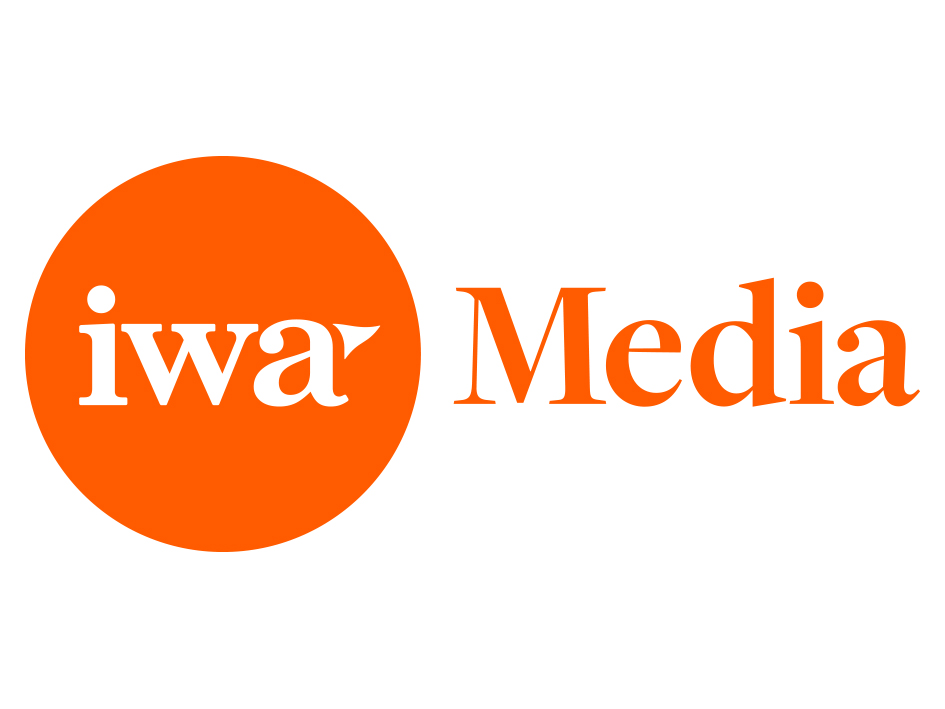As part of our week-long focus on the media in Wales in the run up to the #iwamedia summit on 29 March, Ifan Morgan Jones discusses the move to online for Welsh language journalism
One of the topics under scrutiny at the Institute of Welsh Affairs Media Summit on 29th March will be how can the media best serve the Welsh language community. The discussion will no doubt focus to an extent on the move to online media and what challenges and opportunities this presents for the language.
The Welsh language has always been an early adopter of new technologies and has enjoyed a relatively vibrant media for 150 years. The second half on the 19th century saw a ‘golden age’ of Welsh-language journalism in print, with 15 newspapers in circulation at its peak in 1893. And the second half of the 20th century saw the establishment of Welsh-language radio and TV channels Radio Cymru and S4C.
Despite these successes, the continued growth of the Welsh language depends on its ability to negotiate the essential but difficult transition to online technologies. As in previous centuries, the language has not been slow to respond to the changing technological climate, and there are currently five professionally run Welsh-language news websites; two that update regularly throughout the day, Golwg360 and BBC Cymru Fyw, as well as three other sites, Y Cymro, Barn and O’r Pedwar Gwynt, that upload some unique content every month.
As part of my current research into online Welsh-language media, I interviewed journalists from these news sites, and was also given access to Golwg360’s statistics and survey results.
There are a number of broad conclusions that can be draw from the research done so far:
- It’s safe to say that Welsh language journalism is attracting more readers than at any time since the ‘golden age’ on the 19th century. BBC Cymru Fyw and Golwg360 enjoy over 57,000 unique weekly visitors between them. In comparison, during the ‘golden age’ of the 19th century, the best-selling newspaper, Baner ac Amserau Cymru, had a circulation of about 15,000.
- This audience is also unsurprisingly younger than that for Welsh-language print publications, television and radio, with around half the audience being under 40 years of age.
- Welsh language news sites, particularly BBC Cymru Fyw, have used social media as an effective means of attracting a new, and younger, audience that would not traditionally have turned to Welsh-language print publications, TV and Radio. Because the content appears in their Facebook or Twitter feeds, they are more likely to click on it than they would to go out and buy a Welsh-language website or magazine, or tune in to a Welsh-language TV or radio channel.
- The flip side, however, is that the audience is very promiscuous. They are not turning exclusively to Welsh-language journalism for their online news, but also making use of a number of English-language news sites; particularly the BBC’s English-language services, The Guardian, Wales Online, and The Daily Post.
- Because of this promiscuity, they visit Welsh-language news sites in search of a particular kind of news – news concerning the language itself, Welsh politics, education in Wales, the Welsh media, the Welsh-language arts, and Welsh institutions. Topics such as British politics, international news and sport do not attract as large an audience. In other words, users were attracted by topics that are little discussed, or often discussed with limited understanding, in the English-language media.
- However, some topics not directly related to the Welsh-language, arts or institutions did well when discussed in a Welsh context or involved a geographical area where the Welsh language was widely spoken. For example, even though articles about technology or sport did not do as well overall as some of the topics discussed above, articles about famous Welsh scientists, and an article about cage fighting in Welsh-speaking Caernarfon, did well for BBC Cymru Fyw. Golwg360 also found an audience for international stories when told from the perspective of a Welsh speaking eyewitness.
- Several of the journalists interviewed suggested that Welsh language journalism was essential in order to offer a different perspective on the world, but also because topics concerning the Welsh language were often covered in a ham-fisted manner by the English-language media. An article discussing the low sales of Welsh Scrabble at Carmarthen Waterstones was touted as an example. It was covered by British and Welsh English language media, but no-one pointed out that the game had been on sale for over a decade, and that most Welsh speakers buy Welsh-language games, books and other items at Welsh-language shops, such as Siop y Pentan in the same town. It could be argued therefore that part of the demand for Welsh online media arises from the fact that Welsh speakers simply don’t trust the English language media’s ability to understand the linguistic world in which they live, and so tend to turn to Welsh-language media for an informed discussion on these topics.
- The audience for Welsh-language journalism is primarily in the Welsh-speaking ‘Fro Gymraeg’ in West Wales, and also in Cardiff. This isn’t surprising until one realises that most of the Welsh-speaking population reside outside of these areas. Attracting a Welsh-speaking audience outside the core readership that may not be interested in the kind of topics traditionally discussed by Welsh-language media could be a challenge.
- The resources in order to carry out in-depth, investigatory journalism are limited, particularly outside the BBC. This problem could be exacerbated by a continued demand for resource intensive multimedia news, such as video interviews, which many Welsh-language journalists did not feel they had the time, the resources or the technological capability to deliver.
- The inability to carry out much in the way of investigative journalism meant that while the number of sources for Welsh-language news online is impressive, there may be a lack of plurality, with BBC Cymru Fyw, Golwg360, and Y Cymro in particular covering many of the same topics.
One answer could be for those sites outside the BBC to work together, pooling online content on one central news hub rather than spending money maintaining separate news sites. Y Cymro, Barn and O’r Pedwar Gwynt’s websites are secondary to their print publications, and there are numerous magazines and newspapers funded by the Welsh Books Council with no online presence at all. Publishing some of this content on a single site, such as the already popular Golwg 360, could attract a larger (and younger) audience for these magazines’ and newspapers’ content while also strengthening and diversifying Golwg360’s output.
The findings have also opened up avenues for further research. One is whether the emphasis put on news about Welsh political institutions by Welsh online media means that their readers, listeners and viewers are more likely to value those institutions and therefore profess Welsh nationalism than the readers, listeners and viewers of English language online media in Wales. Of course, it could also be suggested that Welsh-language media concentrate on Welsh politics to a greater extent because of the close ties between Welsh cultural and civic nationalism. The relationship between Welsh language media and Welsh nationalism is something of a chicken and egg question, with its origins in the printing press of the 19thcentury, if not earlier.
I am also currently researching how Wales’ indigenous journalism can withstand, or make use of, platforms such as Facebook and their perceived ability to effectively target linguistic or geographical audiences. Although useful as a means of reaching new users, Facebook poses a similar threat to Welsh-language journalism, not least because it offers a means by which Welsh-language speakers can be directly targeted by advertisers.
Overall, Welsh language online journalism is in a strong position, at least relative to other online minority language media. However, it’s worth noting that the burgeoning Welsh-language press of 19th century Wales declined quickly in the 20th century as technological developments allowed the London-based press to monopolise the market, offering a better service at a lower price. As the demand for costly, multimedia content such as video and VR increases, online Welsh-language news needs to ensure it is not swept aside in the same way.
Editorial note: This is part of Click on Wales’ week-long focus on media issues. The Media Policy Group of the Institute of Welsh Affairs is holding the third Cardiff Media Summit on 29th March and booking information can be found here





Comments are closed.